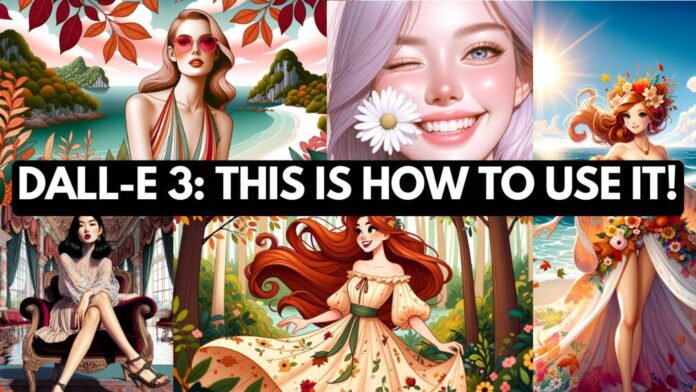Generative AI Image Creation Development
Aaron, a pioneering model developed by Harold Cohen in the 1970s that employed basic rules to generate abstract art, planted the seeds for picture creation via generative AI. Since its inception, artificial intelligence (AI) has come a long way, with neural networks eventually mastering the intricacies of real-world imagery. But the field didn’t start to take off until the middle of the 2010s.
The term “generative adversarial networks” (GANs) was coined in 2014 to describe a neural network that aimed to create images and differentiate them from genuine ones. To produce photorealistic photos and alter current ones by changing their style, models like StyleGAN2 were made possible by this adversarial training, which pushed the limits of realism.
Prominent Names in the Realm of Generative AI
The following players dominate the generative AI landscape for images:
OpenAI’s Dall-E 2 and Dall-E 3
Famously, these models can take textual cues and produce incredibly realistic and fantastical visuals. Inspiring discovery and creative expression, their works frequently generate a feeling of surreal awe.
Google AI’s Imagen
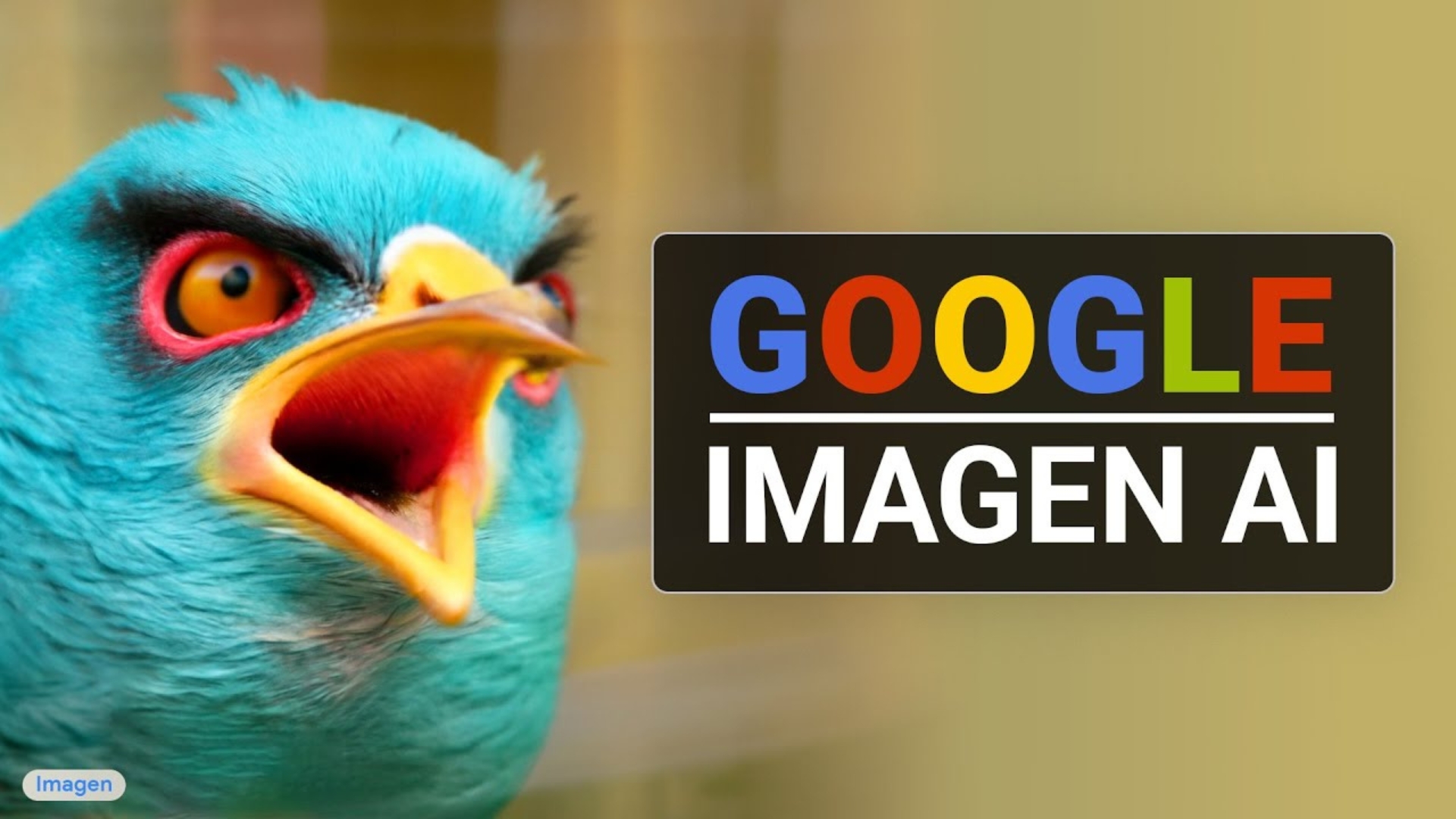
Concept art and graphic design are two areas where this model shines because of how well it generates images that stick to particular visual styles. Another exciting feature is that it can use pre-existing photo pieces to create new ones, giving users a lot of creative leeway while still getting a realistic result.
Midjourney
This platform prioritizes the creative interpretation of textual stimuli and has an intuitive interface. The results are often more artistic and bizarre, focusing on abstraction and painting.
DreamStudio (Stable Diffusion)
Users have extensive control over the image production process with this open-source platform. They can tweak the model’s output by adjusting its parameters and settings for a more participatory creative process.
Rapid Rise of Generative AI in Image Creation
Generative artificial intelligence for photos is a rapidly expanding market. Grand View Research projects that the worldwide market will reach $3.44 billion by 2030, growing at a CAGR (compound annual growth rate) of 32.4%, based on their 2023 research. The main factors propelling this growth are the rise of user-friendly platforms, improvements in artificial intelligence, and the rising demand for visual material.
According to research by CB Insights, the generative AI for art area had an influx of investments totaling over $5 billion in the first half of 2023. The increasing interest and promise in this field are evident because this constitutes a significant share of the total investment landscape in artificial intelligence. With deals like Microsoft’s $10 billion OpenAI deal and Amazon’s $4 billion Anthropic investment, the trend isn’t going anywhere.
The line between human and machine creativity is rapidly blurred by the advancements in generative AI for picture production. We should expect increasingly complex models that can understand complex instructions, generate a wide range of creative styles, and encourage teamwork as technology progresses.
Dall-E 3 Image Creation Step-by-step
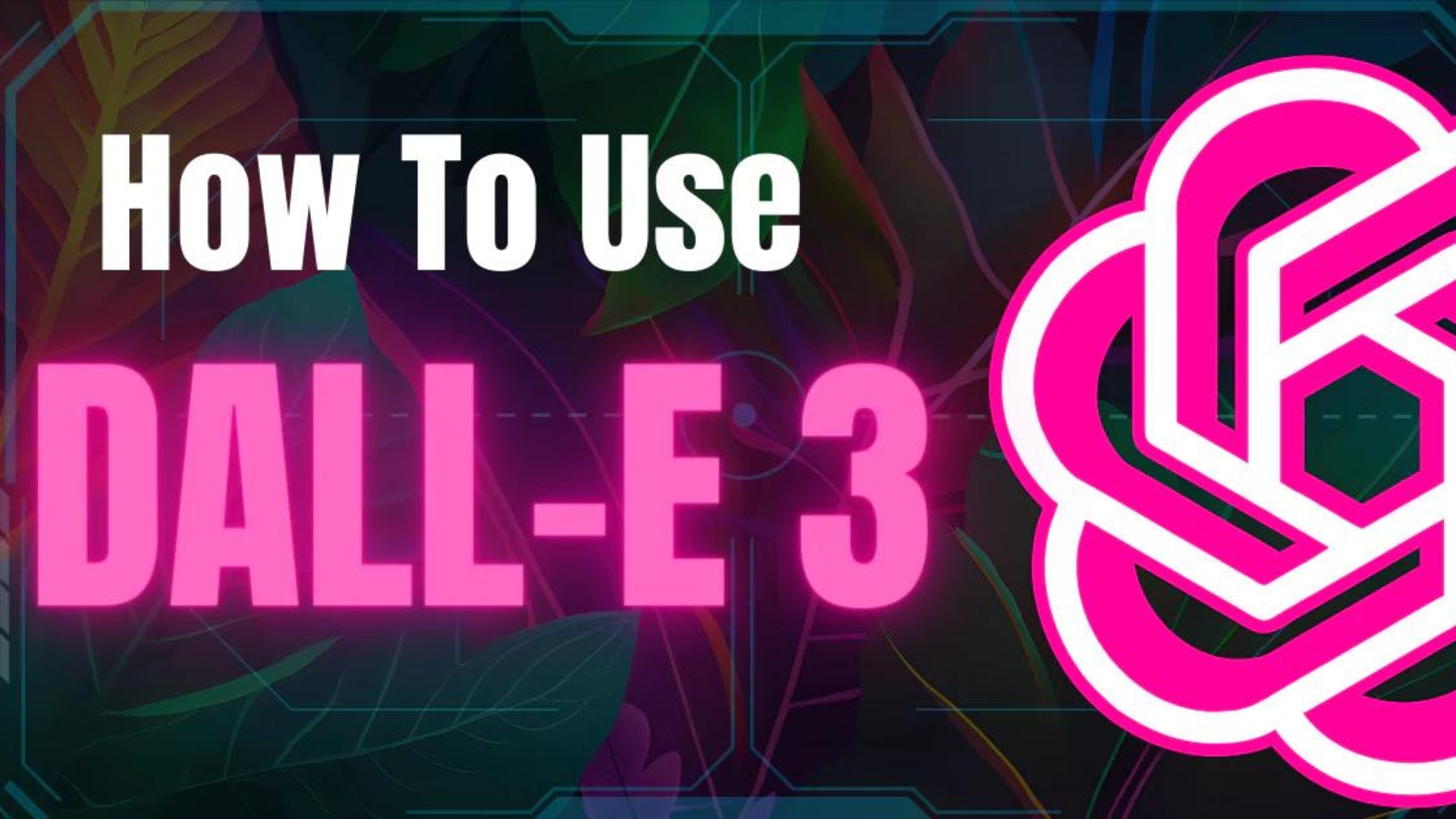
Because of its high-quality images and imaginative capabilities, Dall-E 3 is still one of the most popular generative AI models. To use it, follow these steps:
Join the Dall-E 3 waitlist on OpenAI
Currently, Dall-E 3 is in closed beta, accessible only through a waitlist system. Users can register for the waitlist on OpenAI’s website.
Craft detailed image prompts
Once granted access, users can craft a clear and concise textual prompt describing the image they want to generate. Users must be specific about details like composition, style, and lighting. The more descriptive the prompt, the better the model can understand the user’s vision.
Example prompt: Generate an image portraying a mythical landscape where blockchain-powered tokens are the life force, with intricate designs symbolizing secure and transparent financial ecosystems.
Explore multiple image variations
Dall-E 3 allows users to generate multiple variations of the image based on the initial prompt. Users can refine their prompt or use the “Outpainting” feature to add additional details to their generated image.
Download images within usage guidelines
When consumers see an image they like, they can download it in many formats for their convenience. It is worth noting that users must adhere to OpenAI’s usage guidelines regarding commercial and non-commercial applications.
Are Dall-E Images Commercially Free?
Regarding the commercial usage of the photos created by Dall-E, OpenAI lays out the content policy and agreements that users must adhere to. The images that people make using Dall-E usually belong to them. Regardless of whether the photographs were created using free or paid credits, this ownership includes the rights to reprint, sell, and use these images for commerce.
How Dall-E Credits Work
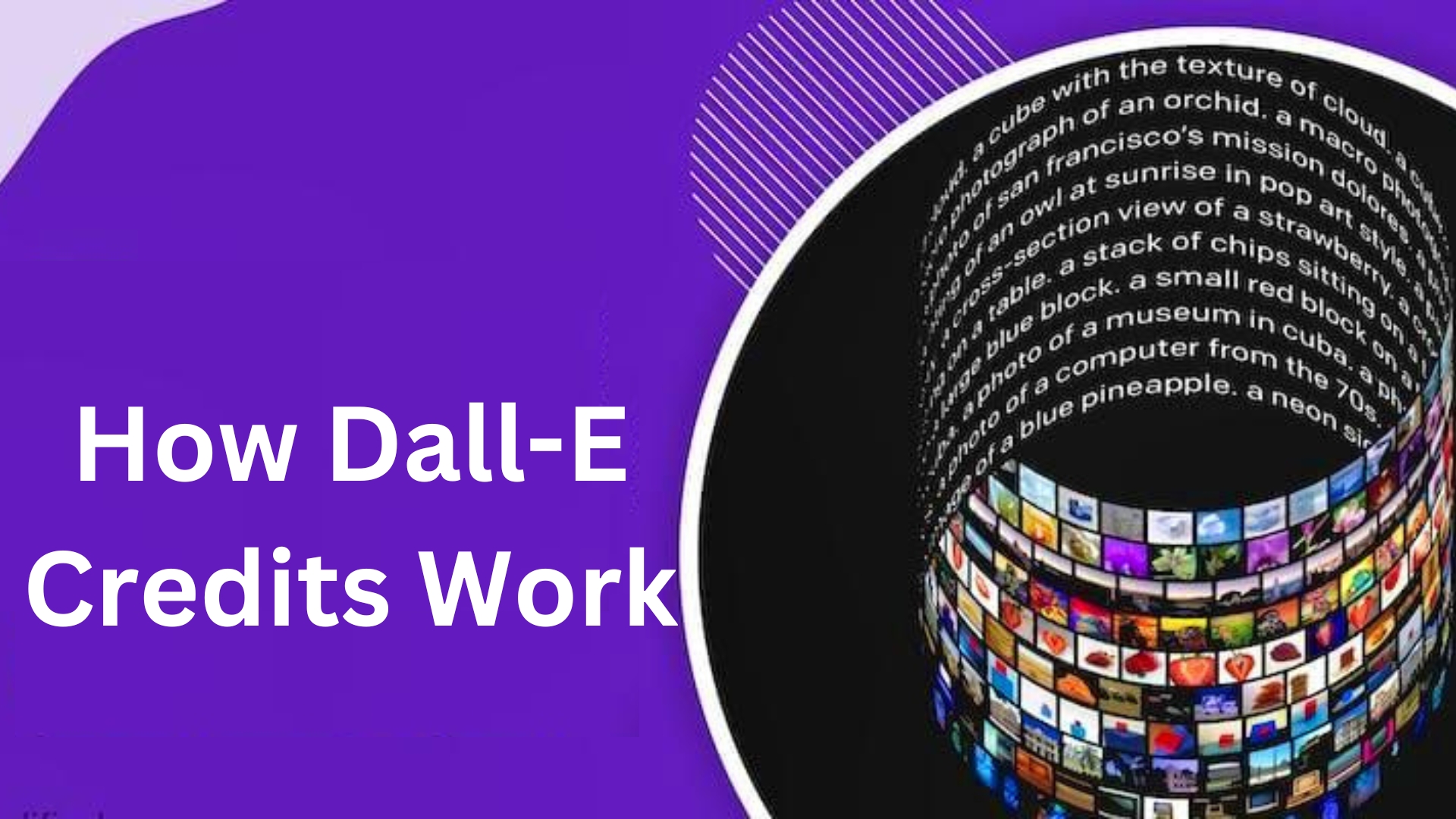
One way OpenAI keeps track of how much power the Dall-E image generator is getting is with a unit called a Dall-E credit. You can get these credits if you want to utilize Dall-E to take pictures.
There are two types of credits:
Free Credits
Users can get free credits from OpenAI regularly when they sign up or take advantage of special promotions. Users can create photographs at no cost with these credits. An early adopter reward was the provision of free credits to Dall-E users before April 6, 2023.
New credits are added to the system each month, and they expire one month later. If the credits were received on December 19, for example, they would be replenished on January 19. Anyone who signs up on the 29th, 30th, or 31st of any given month will have their free credits refilled on the 28th of the month after that.
Paid Credits
Users can continue using Dall-E by purchasing additional credits once the free credits are used up. Credits like this are usually sold in bundles or packages. You may buy Dall-E credits from your account page or the dropdown menu under your profile photo. Just click the “Buy Credits” option. However, Price and picture generation capacity per credit are subject to change at OpenAI’s discretion and may differ over time or between user levels.
What is the Price of Using Dall-E?
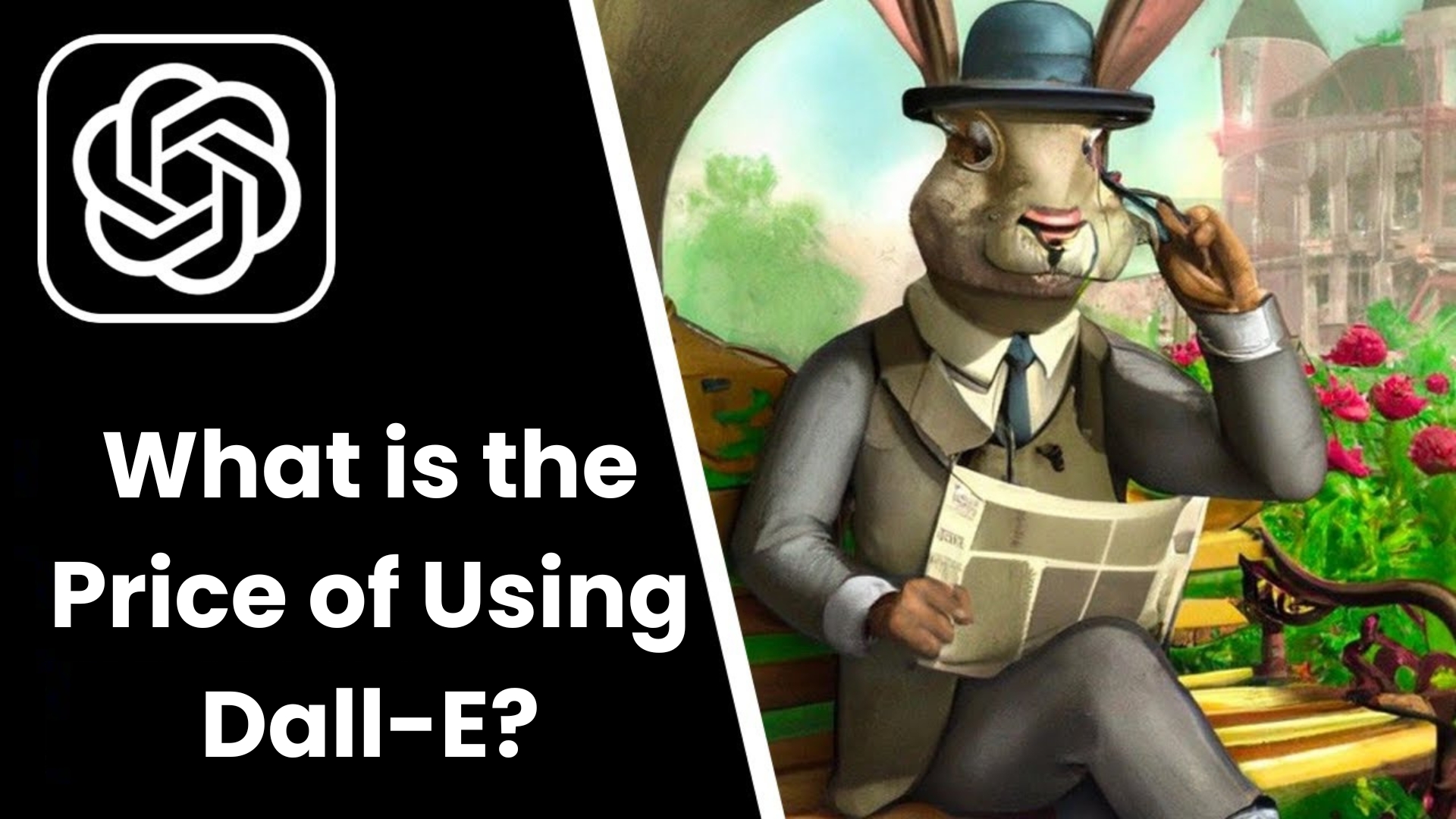
How much it will cost to use Dall-E depends on the user’s selected plan. When you signed up for OpenAI, you were given a certain amount of free credits that could be used to create a certain number of photos. Once customers have used their free credits, they can buy additional credits in $15 quantities of 115 generations.
For Dall-E 3, each photograph of standard quality at a resolution of 1024×1024 costs $0.04, while images at 1024×1792 or 1792×1024 cost $0.08. Each photograph with a dimension of 1024×1024 costs $0.08 in HD quality, while pictures with resolutions of 1024×1792 or 1792×1024 cost $0.12. Dall-E 2 provides three image resolutions: 1024×1024, 512×512, and 256×256, with prices ranging from $0.02 to $0.018 and $0.016 per image, respectively.
Ethical Considerations for Using AI Art Generators
To get photos ethically from AI art generators like Dall-E, one must follow the rules set out by the AI service, avoid taking photographs of people without their knowledge, and respect intellectual property by not making copyrighted or trademarked stuff.
However, The ethical implications of picture requests must be carefully considered, and anything that can cause offense, harm, or the reinforcement of stereotypes must be avoided. When authenticity is paramount, AI-generated photographs must be utilized sparingly. Furthermore, it is critical to be abreast of policy changes and recognize their influence on creatives and artists. It is essential to give credit where credit is due when using photos created by AI.


